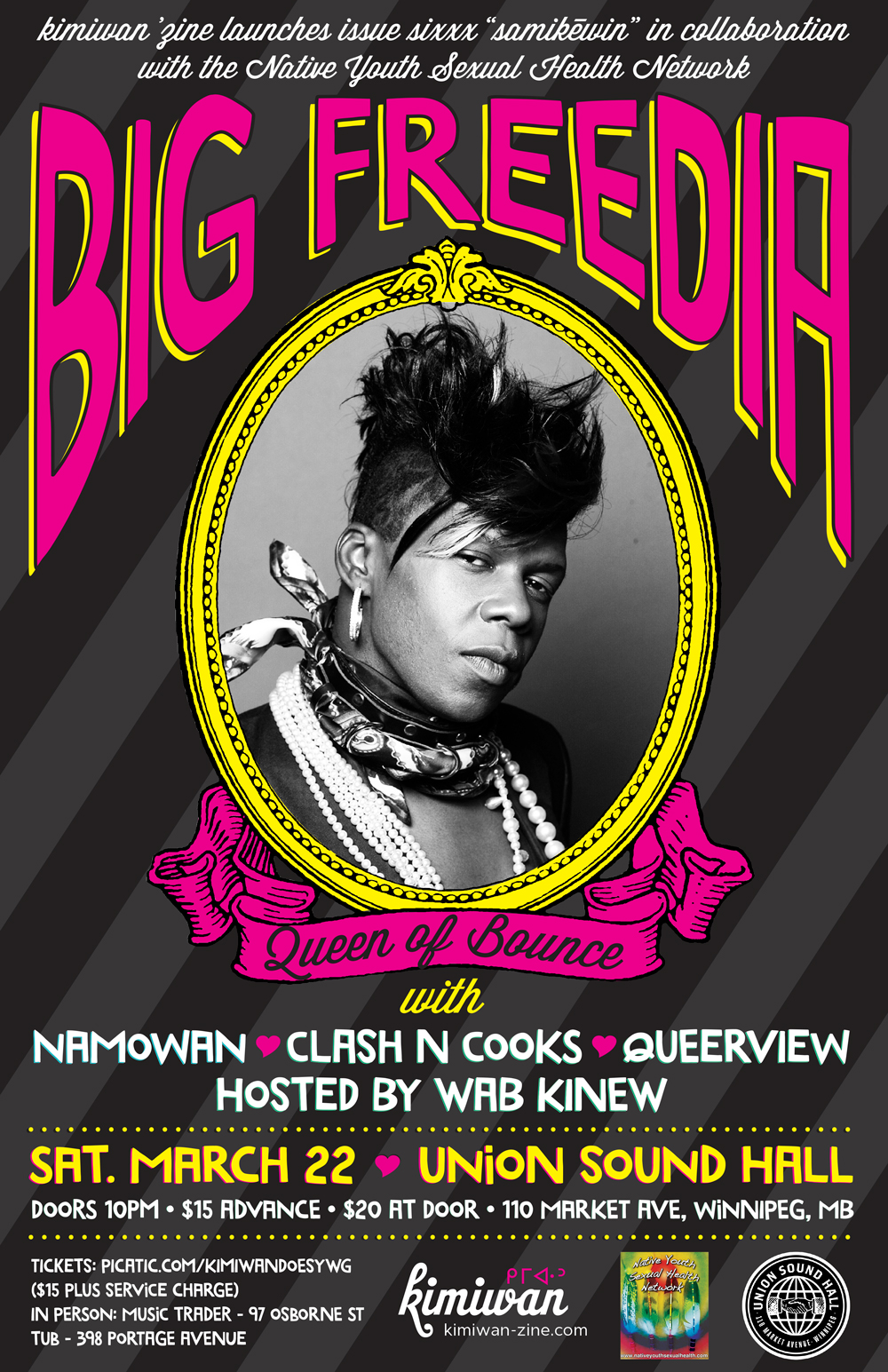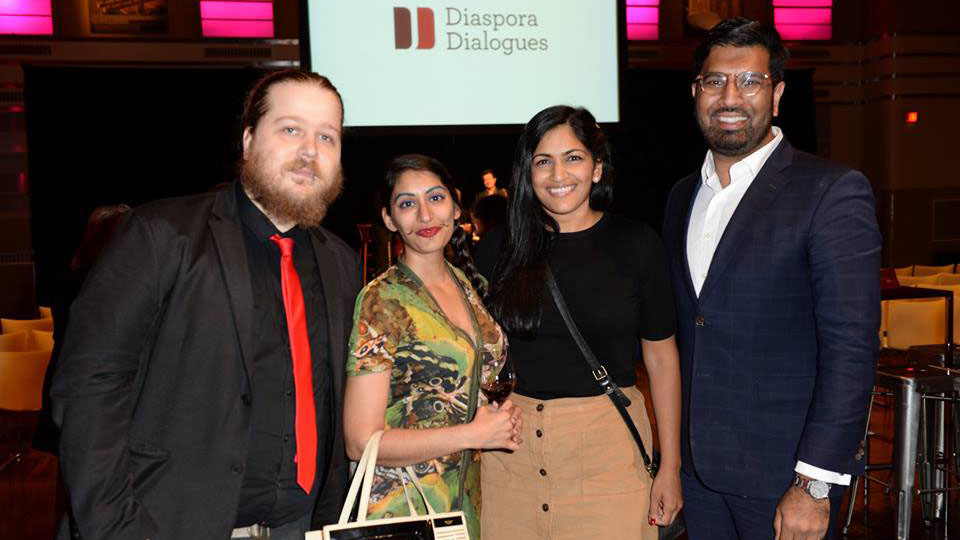Religious or not, religion plays a huge role in many of our lives. Christian values are often equated with traditional family values and religious symbols of all shapes and Buddha-belly sizes litter the realms of fashion and decor. But the increasing popularity of eastern traditions in the west is rather convoluted. Eastern traditions are equated with an increased sense of spirituality, but lack of knowledge leads to a half-hearted embrace of these spiritualities. The ignorance of the masses creates a dilution of religion in the wading pooling of tolerance.
What has led the West to turn east? Reverend Harry Oussoren, executive minister of the United Church of Canada’s support to local ministries, described the trend of the Western world “that says that institutionalized religion is not central to peoples’ lives, as is individualized religion.” The idea that religion should be personalized, like adding features to your car or computer is built on the concept of individualism. We want our religion to fit us like a sweater knit to fit our every curve. “Institution” is like a swear word to us, and it has become almost synonymous with oppression or dictatorship. Family, schools, workplace and the economy are all examples of institutions, but none are as polarizing as religion. We want something that fits us, not something that attempts to confine us, so we reach out to spirituality. That’s not to mention the negative experiences that many seem to have experienced in their youth taking part in their “parents’ religion.” People get a nasty look on their face when you even use the word religion, but this is rarely the case with the word spirituality. Divinity or God is viewed in a more positive light when the confines of the being are vaguely placed in spirituality, outside of a set religious tradition. And in the words of Bono: “Religion can be the enemy of God. It’s often what happens when God, like Elvis, has left the building.” People like the idea of spirituality, even of God (in a wish-list-granting Santa sort of sense of the word), but the institution of religion is not as highly viewed.
Many young adults take their university years as a chance to explore religion. No longer under their parents’ roof and authority, they see it as a chance to discover what else is out there. This sort of adult rebellion isn’t surprising as a part of defining who we are, but what role have the dramatic changes in the religious diversity of our country played in this rebellion. In a country that proclaims religious tolerance, where our population is fuelled by immigration from all ends of the earth, we are filled with religious diversity. South-eastern Ontario has been called the most religiously diverse region of any country in the world. It is only natural to be curious about other traditions and learn more about the other tiles in our cultural mosaic of a country. However, does our religious tolerance lead to a degradation of identifiable religions? The increased popularity of yoga in the western world doesn’t seem to have increased knowledge. There is a sharp divide between an academic study of yoga as a segment of Buddhism or Hinduism and the recreational yoga offered at seemingly every fitness facility. Buddhism increased roughly 84 per cent from 1999 to 2001, and Hinduism increased almost 90 per cent using the same census data. These are big leaps of change in our country’s religious landscape.
With so many choices of dogma and so much freedom to choose, do we not run the risk of seeing the mosaic as buffet for our spirituality? This buffet leads to the self-proclaimed Jewish Buddhist who believes Muhammad was a truly enlightened prophet but still fills out the census forms as a Roman Catholic, because he did attend catechism after all.
Tolerance seems to dilute distinct religions. As each fades into the other, the lines become blurred, and we can no longer make out one religion from the next. It begs the question, is religion drowning in our tolerance or will it slowly become merely subject of academic study?



